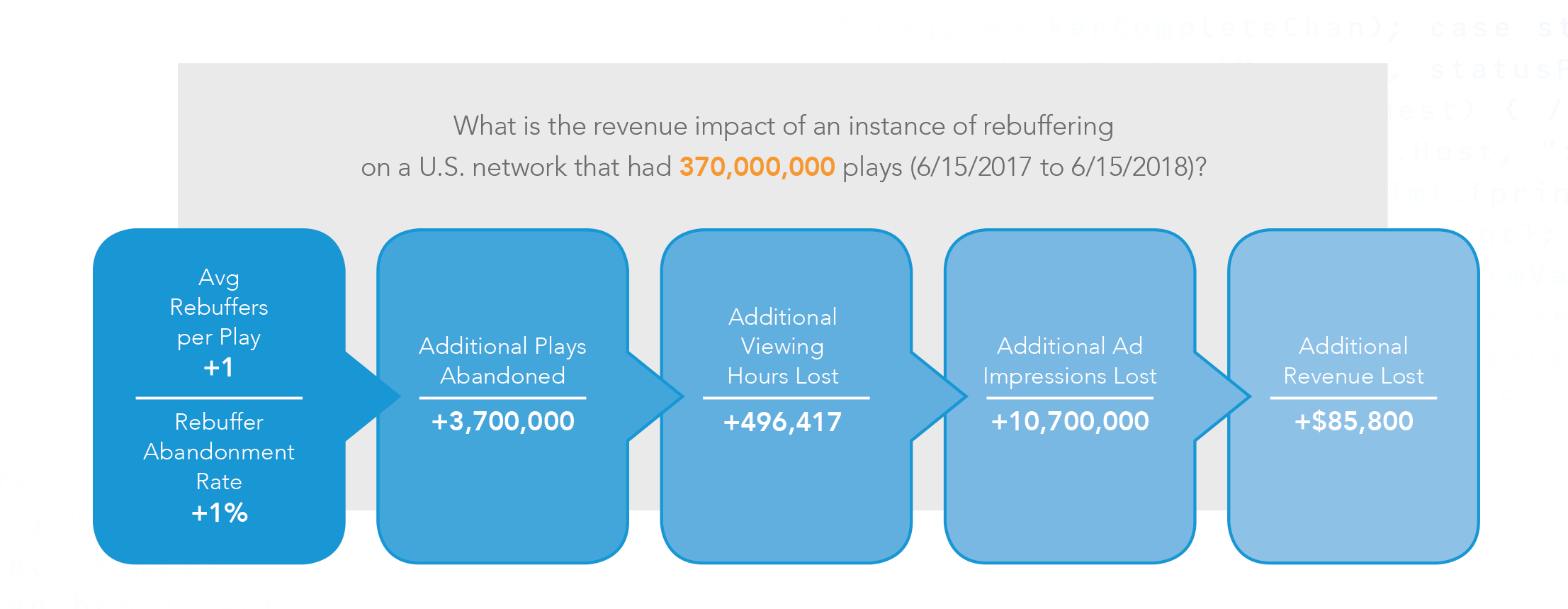Akamai: Buffering Can Cost $85,000 in Lost Revenue
CAMBRIDGE, Mass.—Nobody likes buffering, but a recent report from Akamai puts a dollars and cents figure on just how much people dislike it. A key finding in Akamai’s “Understanding the Value of Consistency in OTT Video Delivery” report indicates that a single instance of video rebuffering can cost up to $85,000 in lost revenue.

That $85,000 figure comes from a look at the volume of video traffic for a major U.S. network between June 2017 and June 2018, totaling 370 million video plays. Through Akamai’s Media Analytics tool, it was determined that each instance of rebuffering results in 1% abandonment rate. Averaging the play duration, Akamai determined that one rebuffer translates into 497,417 hours lost, or 10.7 million ad impressions. At a CPM of $8, a rebuffer lose $85,500.
The link between rebuffering and viewer engagement make its avoidance a top priority for most service providers. According to one senior manager at a major broadcaster interviewed for the report, customer engagement drops significantly the more they see the “spinning wheel.” The manager said the goal is to keep the amount of rebuffering below 0.5%, which results in 90% of sessions being completed. When that numbers rise from 0.5-1% that number drops to 80%, and when it is more than 1% the rate drops to 50%.
The root of rebuffering can come from a number of different places. ISP, CDNs, the end user device or browser, Wi-Fi configurations, available bandwidth, network traffic and even the content can impact rebuffering.
Video providers are also noticing that their audiences are getting better at spotting drops in quality and are able to express them over platforms like Twitter. “We have a particularly tuned in audience, who debate with our engineering staff. You have no choice but to engage,” said one CEO of a video aggregator.
The report is a combination of research data and interviews with senior executives from video distributors. Access the full report on akamai.com.
The professional video industry's #1 source for news, trends and product and tech information. Sign up below.
